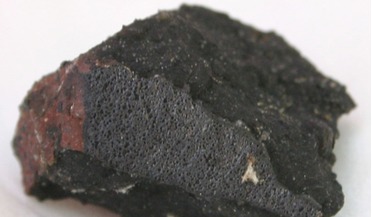 12 May 2021
Scientists discover liquid water inside a meteorite
12 May 2021
Scientists discover liquid water inside a meteorite
... within a carbonaceous chondrite meteorite from the early history of the solar system is an important achievement for planetary science Tsuchiyama proudly notes. “This achievement shows that our team could detect a tiny fluid trapped in a mineral...
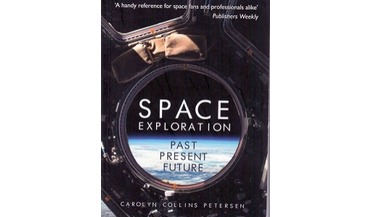 01 October 2019
Space Exploration: past, present & future
01 October 2019
Space Exploration: past, present & future
... with mini-encyclopaedic chapters on spacefarers, agencies and institutes. There is coverage of both private industry and planetary science and a look towards the future of scientific research and manned space exploration – so, something for everyone...
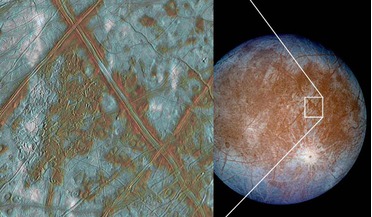 15 April 2016
Shifting ice on Europa could be warmer than anticipated
15 April 2016
Shifting ice on Europa could be warmer than anticipated
...those surface dynamics seen on Europa. So McCarthy, along with Reid Cooper, professor of Earth, environmental and planetary sciences at Brown, loaded ice samples into a compression apparatus to try to understand this process better. Their experiments...
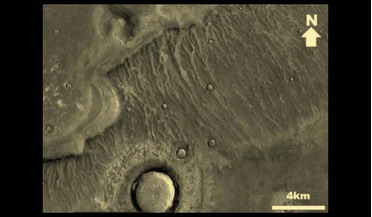 20 May 2016
Evidence for massive Tsunamis found on Mars
20 May 2016
Evidence for massive Tsunamis found on Mars
... ponded water appears to have emplaced lacustrine sediments, including evaporites," said Alexis Rodriguez of the Planetary Science Institute and co-author of the paper. "As a follow-up investigation we plan to characterise these terrains and assess...
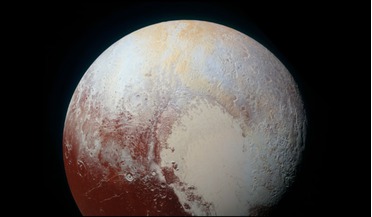 22 June 2016
Does a subsurface ocean exist on Pluto?
22 June 2016
Does a subsurface ocean exist on Pluto?
... likely has a subsurface ocean today," said Noah Hammond, a graduate student in Brown's Department of Earth, Environmental and Planetary Sciences, and the study's lead author. These features, that mark Pluto’s mottled surface are deep sinuous...
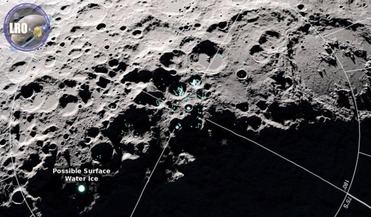 11 March 2019
LAMP shows migrating water molecules on the Moon
11 March 2019
LAMP shows migrating water molecules on the Moon
... of water that can be used by humans in future missions to the Moon," said Amanda Hendrix, a senior scientist at the Planetary Science Institute and lead author of the paper. It was thought that the source of most of the Moon's surface...